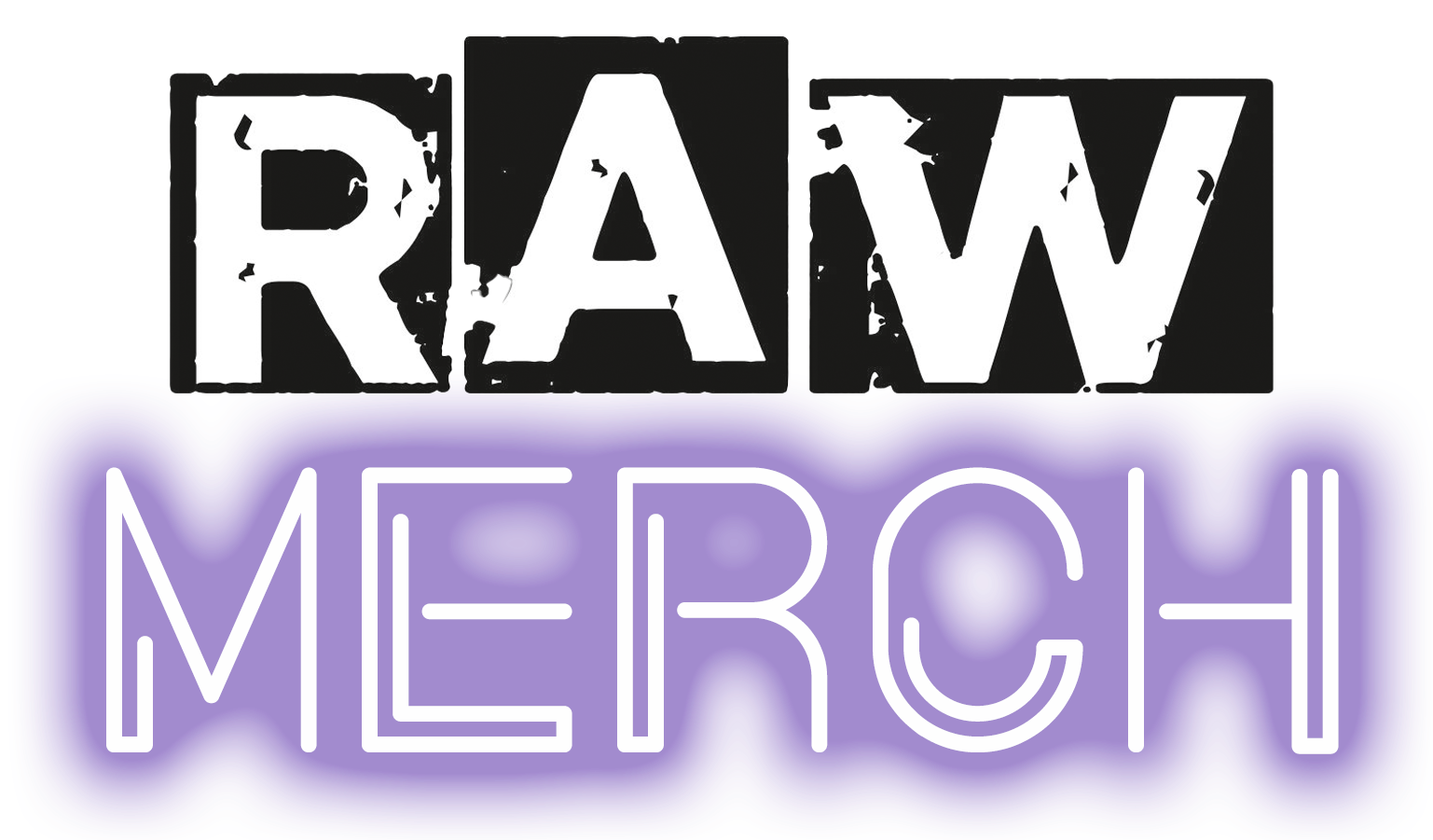We offer the following processes to create your customised product
DTF Printing (Direct-to-Film Printing):
DTF printing is a relatively new technique for customizing clothing and textiles. It involves transferring a design from a special film onto fabric. Here's a brief overview:
Process: The design is printed onto a special heat-sensitive film using a DTF printer. The film is then heat-pressed onto the fabric, causing the ink to transfer.
Versatility: DTF printing is versatile, allowing for detailed and full-color designs on various fabric types, including dark and textured materials.
Advantages: It offers a faster setup compared to screen printing and is suitable for small to medium print runs with intricate designs.
Screen Printing:
Screen printing is a popular method for decorating clothing and textiles. It involves transferring ink onto fabric through a mesh screen. Here's a brief overview:
Process: A stencil of the design is created on a mesh screen. Ink is then pushed through the screen onto the fabric using a squeegee. Each color in the design requires a separate screen and pass.
Durability: Screen printing offers high durability, making it suitable for designs that need to withstand frequent washing and wear.
Advantages: It's cost-effective for large quantities and provides vibrant, long-lasting prints with a wide range of ink colors and special effects.
Embroidering Clothing:
Embroidery is a classic method for adding logos, patterns, and designs to clothing by stitching thread onto the fabric. Here's a brief overview:
Process: An embroidery machine uses programmed instructions to stitch a design onto fabric using colored threads. Multiple thread colors and stitch types can be used to create intricate designs.
Durability: Embroidery is highly durable and can withstand numerous washes and wears without fading or deteriorating.
Advantages: It adds a premium and textured look to clothing, making it ideal for creating professional uniforms, personalized gifts, or branding merchandise.
Sublimation Printing
Sublimation printing is a versatile and innovative digital printing method that is widely used for creating vibrant and long-lasting designs on various materials, particularly textiles and promotional products. We use this process on promotional items such as mugs, water bottles and keyrings etc.
Here's how sublimation printing works:
Design Transfer: A digital image or design is created on a computer using specialized graphic software. This design is then printed onto a special sublimation transfer paper using sublimation ink.
Sublimation Process: Under heat and pressure, the sublimation ink on the transfer paper turns into a gas and penetrates the surface of the material. As it cools, it reverts to a solid state, becoming a permanent part of the material. This results in a high-resolution, full-color image that is integrated into the material, rather than sitting on top of it.
Advantages: Vibrant and Durable, Full-Color Capability and ideal for creating personalized products, including clothing, mugs, phone cases, and more.
No Added Texture: Unlike some other printing methods, sublimation printing leaves no noticeable texture on the material's surface.
Environmentally Friendly: Sublimation inks are water-based and produce minimal waste, making them eco-friendly compared to some traditional printing methods.
Laser Engraving:
Laser engraving is a process that utilises laser beams to etch or mark materials such as wood, plastic, metal, glass, and various other substrates. It's a versatile and precise technique commonly used for adding text, logos, images, and intricate designs onto surfaces.
Laser engraving offers several advantages over traditional methods such as mechanical engraving or chemical etching. It provides high precision, allowing for intricate details and fine lines. It's also versatile, capable of engraving on a wide range of materials. Additionally, laser reduces the risk of damage to delicate materials and allows for greater flexibility in the shapes and sizes of objects that can be engraved.
Each of these methods has its own unique advantages and applications. The choice between them depends on factors like the design complexity, quantity of items and budget.
Our customer service team is here on hand to help guide you through the process





























